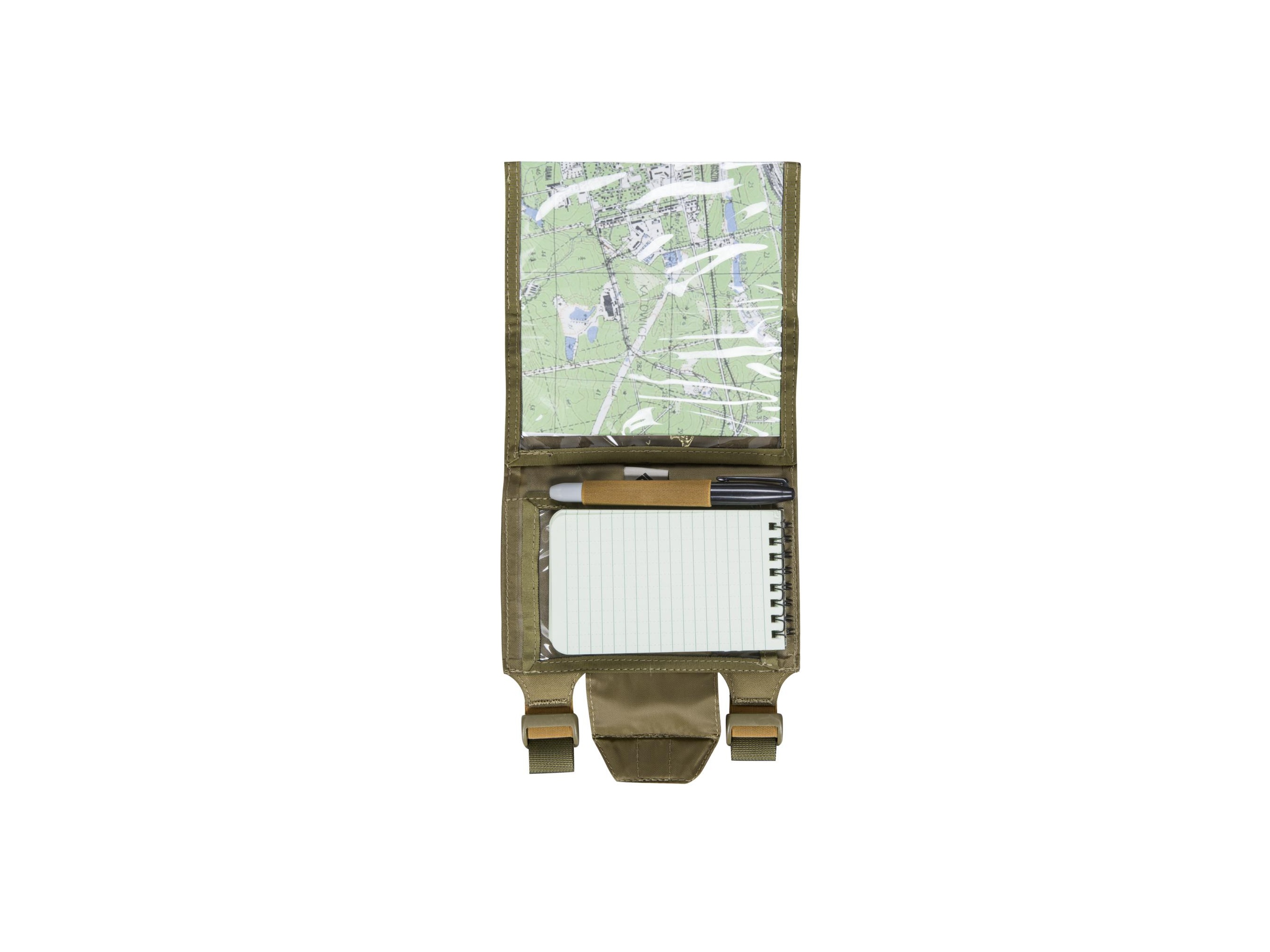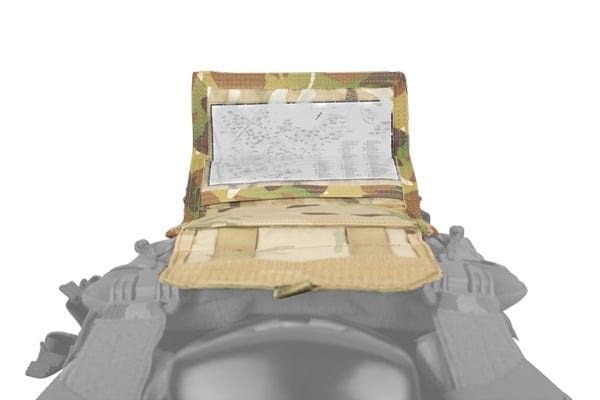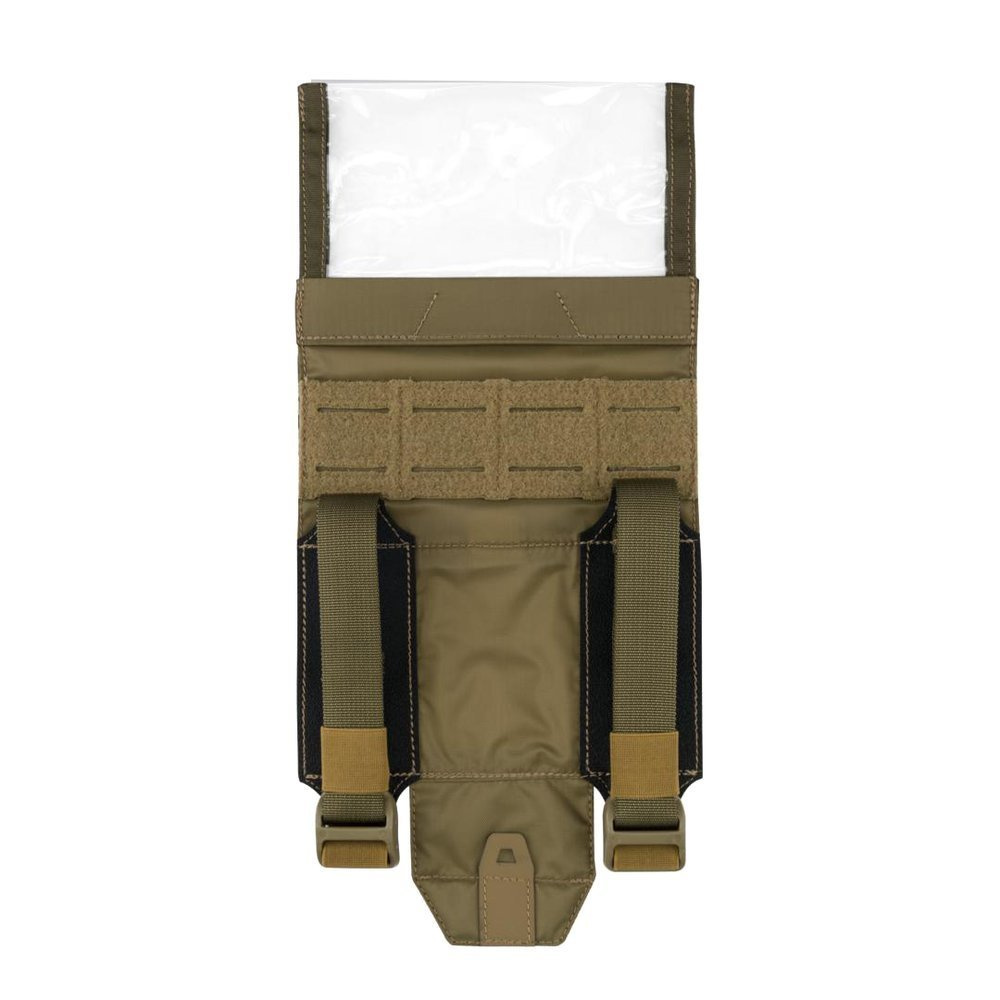
If a 100-meter resolution is enough, 3 + 3 digits suffice if a 1 km resolution is enough, 2 + 2 digits suffice if 10 km resolution is enough, 1 + 1 digits suffice.ġ0 meter resolution (4 + 4 digits) is sufficient for many purposes, and is the NATO standard for specifying coordinates. If a resolution of 10 meters is enough, the final digit of the easting and northing can be dropped, so that only 4 + 4 digits are used, representing a 10-meter square. The resolution in this case is 1 meter, so the MGRS coordinate would represent a 1-meter square, where the easting and northing are measured to its southwest corner. If 5 + 5 digits is used, the first 5 digits give the easting in meters, measured from the left edge of the square, and the last 5 digits give the northing in meters, measured from the bottom edge of the square. The third part of an MGRS coordinate is the numerical location within a 100,000 meter square, given as n + n digits, where n is 1, 2, 3, 4, or 5. Honolulu is in the 10 km square that is called 4QFJ15. To give the position of Honolulu with 100 km resolution, we write 4QFJ.įigure 2. In the map (figure 1), which uses the AA scheme, we see that Honolulu is in grid zone 4Q, and square FJ. (Latitude band X is the exception to this rule.) Therefore, a position reported in a modern datum usually cannot be misunderstood as using an old datum, and vice versa – provided the datums use different MGRS lettering schemes. If an MGRS coordinate is complete (with both a grid zone designation and a 100,000 meter square identification), and is valid in one lettering scheme, then it is usually invalid in the other scheme, which will have no such 100,000 meter square in the grid zone. The westmost square in the first row, in zone 1, has identification AL. This means that the letter for the first row is L in odd-numbered zones and R in even-numbered zones. In the alternative AL scheme, also known as MGRS-Old, which is used for some older geodetic datums, the row letters are shifted 10 steps in the alphabet.Note that the westmost square in this row, in zone 1, has identification AA. In the AA scheme, also known as MGRS-New, which is used for WGS84 and some other modern geodetic datums, the letter for the first row – just north of the equator – is A in odd-numbered zones, and F in even-numbered zones, as shown in figure 1.At zone 4, the column letters start over from A, and so on around the world.įor the row letters, there are actually two alternative lettering schemes within MGRS: Near the equator, the columns of UTM zone 1 have the letters A–H, the columns of UTM zone 2 have the letters J–R (omitting O), and the columns of UTM zone 3 have the letters S–Z. The identification consists of a column letter (A–Z, omitting I and O) followed by a row letter (A–V, omitting I and O). Each UTM zone is divided into 100,000 meter squares, so that their corners have UTM-coordinates that are multiples of 100,000 meters. The second part of an MGRS coordinate is the 100,000-meter square identification. The origin of the MGRS grid, in the Pacific.


GZD and 100 km Grid Square ID, precision level 100 km GZD only, precision level 6° × 8° (in most cases) In instances where the polygon is not a square and has been clipped by a grid zone junction, the polygon keeps the label of the southwest corner as if it had not been clipped. Related to this is the primacy of the southwest corner of the polygon being the labeling point for an entire polygon. When changing precision levels, it is important to truncate rather than round the easting and northing values to ensure the more precise polygon will remain within the boundaries of the less precise polygon. (In some cases, squares adjacent to a Grid Zone Junction (GZJ) are clipped, so polygon is a better descriptor of these areas.) The number of digits in the numerical location must be even: 0, 2, 4, 6, 8 or 10, depending on the desired precision. When the term 'grid square' is used, it can refer to a square with a side length of 10 km (6 mi), 1 km, 100 m (328 ft), 10 m or 1 m, depending on the precision of the coordinates provided.

The Military Grid Reference System ( MGRS) is the geocoordinate standard used by NATO militaries for locating points on Earth.


 0 kommentar(er)
0 kommentar(er)
